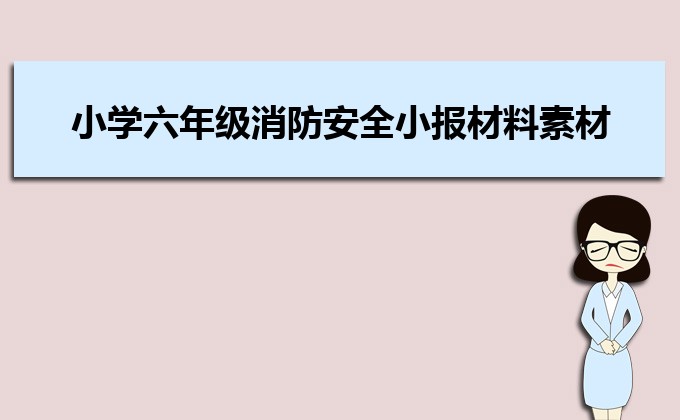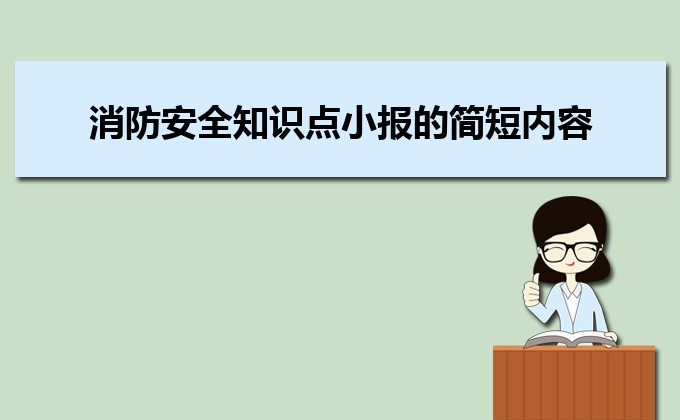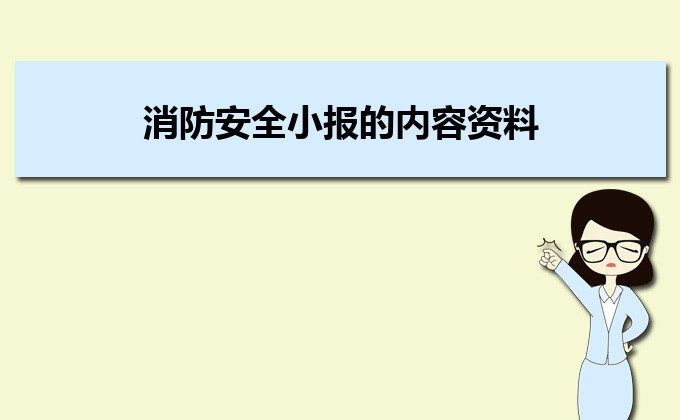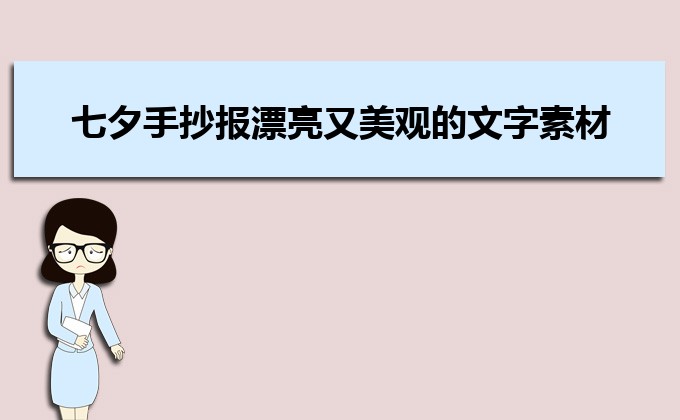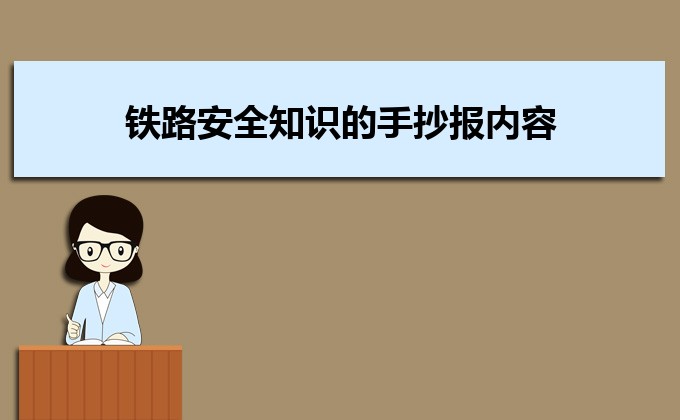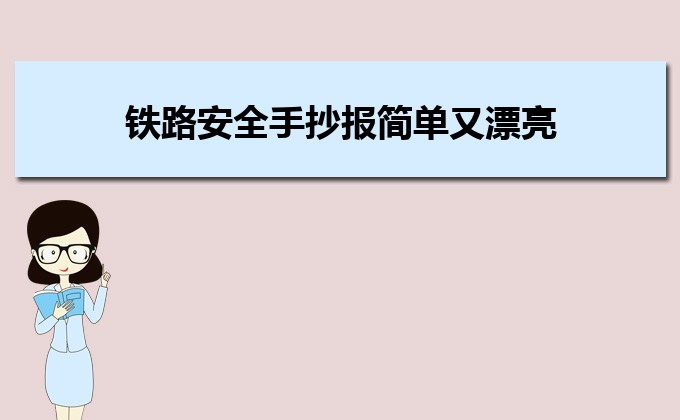小學(xué)生英語(yǔ)手抄報(bào)版面設(shè)計(jì)邊框圖案資料
Chinese New Year starts with the New Moon(新月)on the first day of the new year and ends on the full moon(滿月)15 days later. The 15th day of the new year is called the Lantern Festival(元宵節(jié)), which is celebrated at night with lantern displays and children carrying lanterns in a parade.
The Chinese calendar is based on a combination of lunar and solar movements. The lunar cycle(月運(yùn)周期)is about 29.5 days. In order to "catch up" with the solar calendar the Chinese insert an extra month once every few years (seven years out of a 19-yearcycle). This is the same as adding an extra day on leap year (閏年). This is why, according to the solar calendar, the Chinese New Year falls on a different date each year.
New Year's Eve and New Year's Day are celebrated as a family affair, a time of reunion and thanksgiving. The celebration was traditionally highlighted with a religious ceremony given in honor of Heaven and Earth(萬(wàn)物), the gods of the household and the family ancestors.
The sacrifice to the ancestors, the most vital of all the rituals(儀式), united the living members with those who had passed away. Departed relatives are remembered with great respect because they were responsible for laying the foundations for the fortune and glory of the family.
The Psence of the ancestors is acknowledged on New Year's Eve with a dinner arranged for them at the family banquet table. The spirits of the ancestors, together with the living, celebrate the onset of the New Year as one great community. The communal feast called "surrounding the stove" or weilu. It symbolizes family unity and honors the past and Psent generations.


 六一兒童節(jié)手抄報(bào)版面設(shè)計(jì)邊框圖案內(nèi)容大全
六一兒童節(jié)手抄報(bào)版面設(shè)計(jì)邊框圖案內(nèi)容大全 建軍節(jié)手抄報(bào)版面設(shè)計(jì)邊框圖案資料
建軍節(jié)手抄報(bào)版面設(shè)計(jì)邊框圖案資料 中秋節(jié)手抄報(bào)版面設(shè)計(jì)邊框圖案內(nèi)容大全
中秋節(jié)手抄報(bào)版面設(shè)計(jì)邊框圖案內(nèi)容大全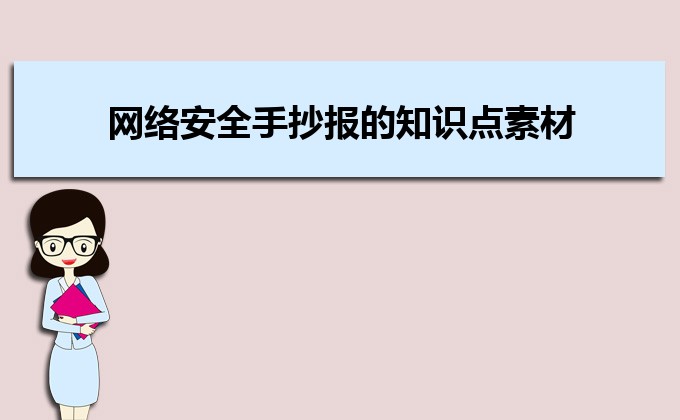 小學(xué)生網(wǎng)絡(luò)安全手抄報(bào)的知識(shí)點(diǎn)素材
小學(xué)生網(wǎng)絡(luò)安全手抄報(bào)的知識(shí)點(diǎn)素材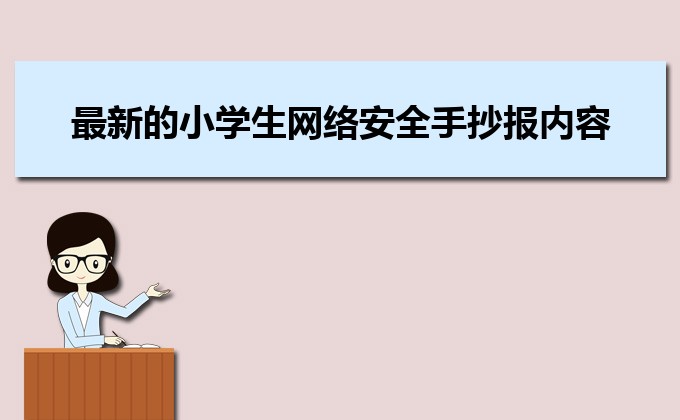 最新的小學(xué)生網(wǎng)絡(luò)安全手抄報(bào)內(nèi)容
最新的小學(xué)生網(wǎng)絡(luò)安全手抄報(bào)內(nèi)容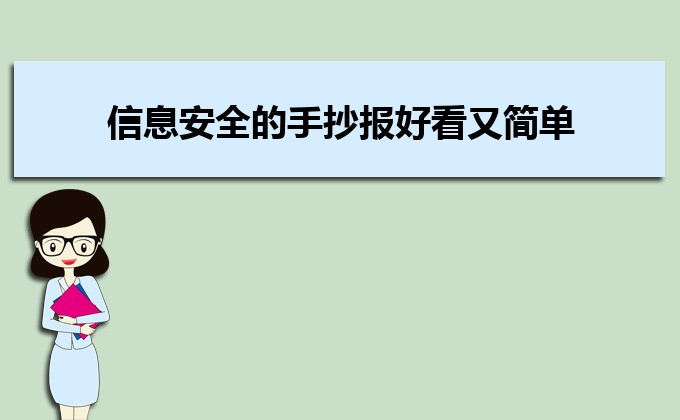 網(wǎng)絡(luò)信息安全的手抄報(bào)好看又簡(jiǎn)單
網(wǎng)絡(luò)信息安全的手抄報(bào)好看又簡(jiǎn)單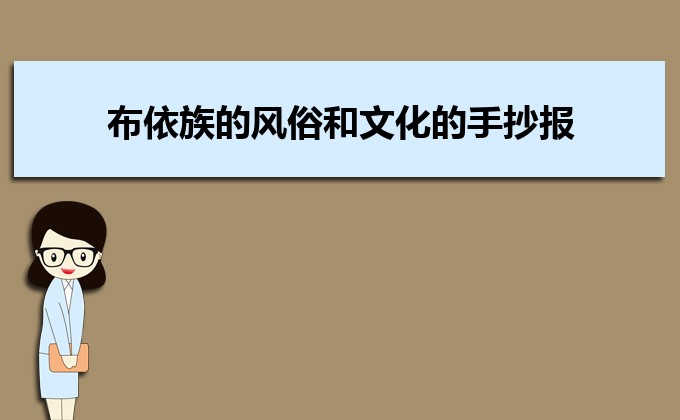 有關(guān)布依族的風(fēng)俗和文化簡(jiǎn)單好看的手抄報(bào)
有關(guān)布依族的風(fēng)俗和文化簡(jiǎn)單好看的手抄報(bào)






